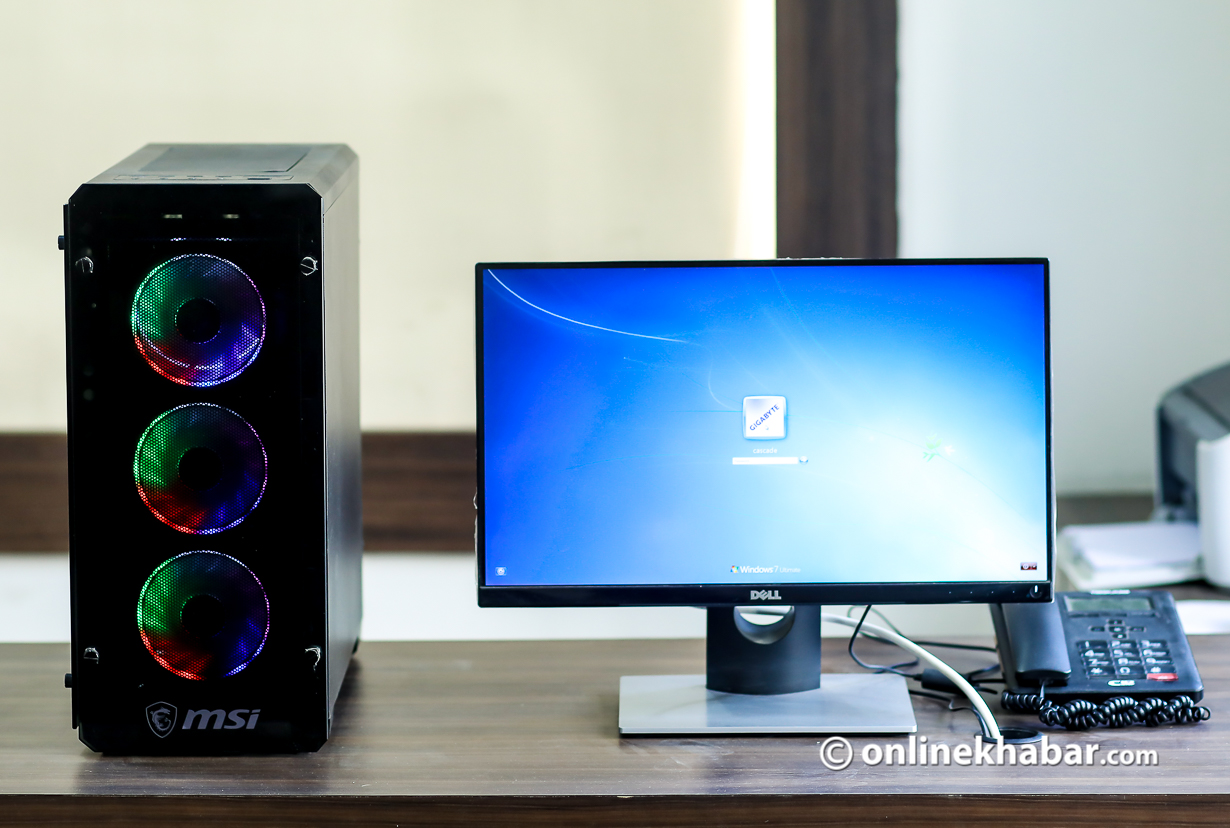Building a personal computer is not as simple as people on YouTube make it out to be.
Firstly, it takes a lot of research. What do you want the PC for should be the first question that should come to your mind. Do you need it solely for gaming? Or do you need it for other things like editing videos or for 3D animation?
This will determine how much the PC is going to cost you. If you have deep pockets, you do not have a problem, but if you are on a budget, well, you have to research a bit more. Once you figure out the why, it will be easy for you to choose the components that you will need for it.
The most important components while building a PC are:
- Motherboard
- CPU
- GPU
- Power supply
- Memory
- Storage
- Cooling system
- Case
1. Motherboard
The motherboard is a key component as it determines what components can go with it. Every other component is plugged into this board, so make sure you choose a good one. The motherboard options that are available are the E-ATX, ATX, M-ATX and U-ATX. These are the same products which are different in size, depending on what you need them for.
Almost everyone goes for the full-size ATX which gives the user a lot of expansion options. Asus, MSI and Gigabyte are reputed brands for motherboards.
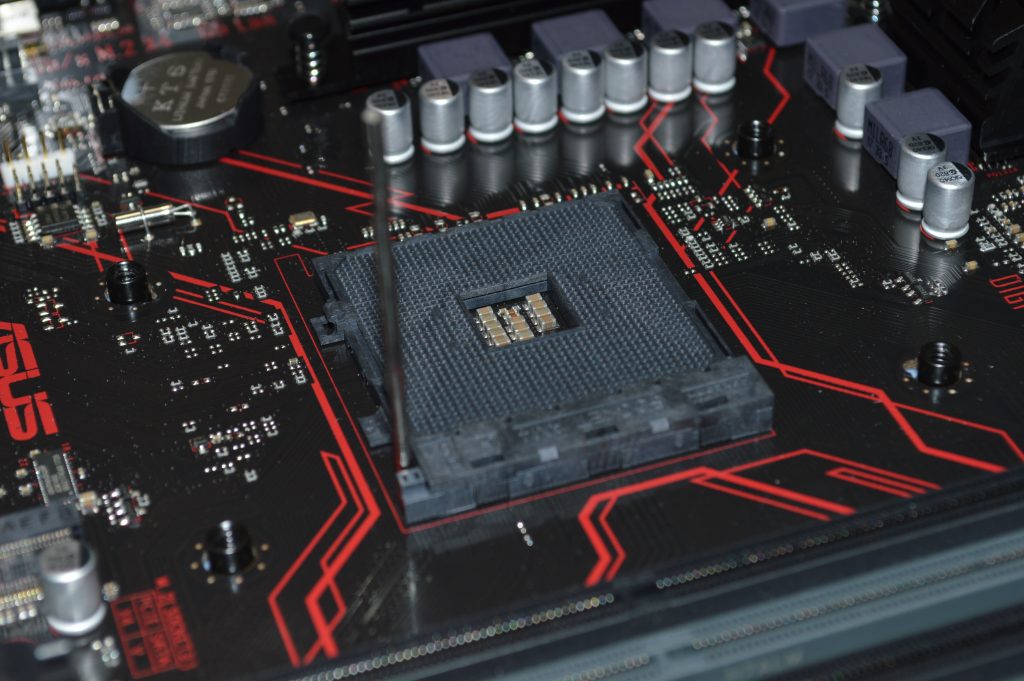
Motherboard for Intel will cost between Rs 9,500 (U-ATX) to Rs 50,000 (ATX) while the ones for AMD ranges from Rs 11,000 (U-ATX) to Rs 60,000 (E-ATX). The high-end one incorporates more components as it has a large surface area.
Choose the one that fits your needs. If you do not need many components, opt for the U-ATX, but if you need more for say 3D designing and 4K editing, the ATX and the E-ATX should cover your needs.
2. CPU
This is the most important component that you need for your PC along with the GPU. While choosing the CPU, there are only two options – Intel or AMD. Both are great options, but the AMD offers a lot more cores in its processor than Intel. AMD found a way to include multiple modules on the same processor compared to Intel. Its Ryzen 9 5900X and 5950X beat anything Intel has to offer, clocking in with 12 and 16 cores respectively. But that will probably cost you over Rs 100,000. If you do not want to go for such a powerful processor, AMD’s Ryzen 5,800 is another great option and is almost half the price that the 5900x and offers 8 cores and 16 threads. This is good for video editing, gaming and 3D animation.
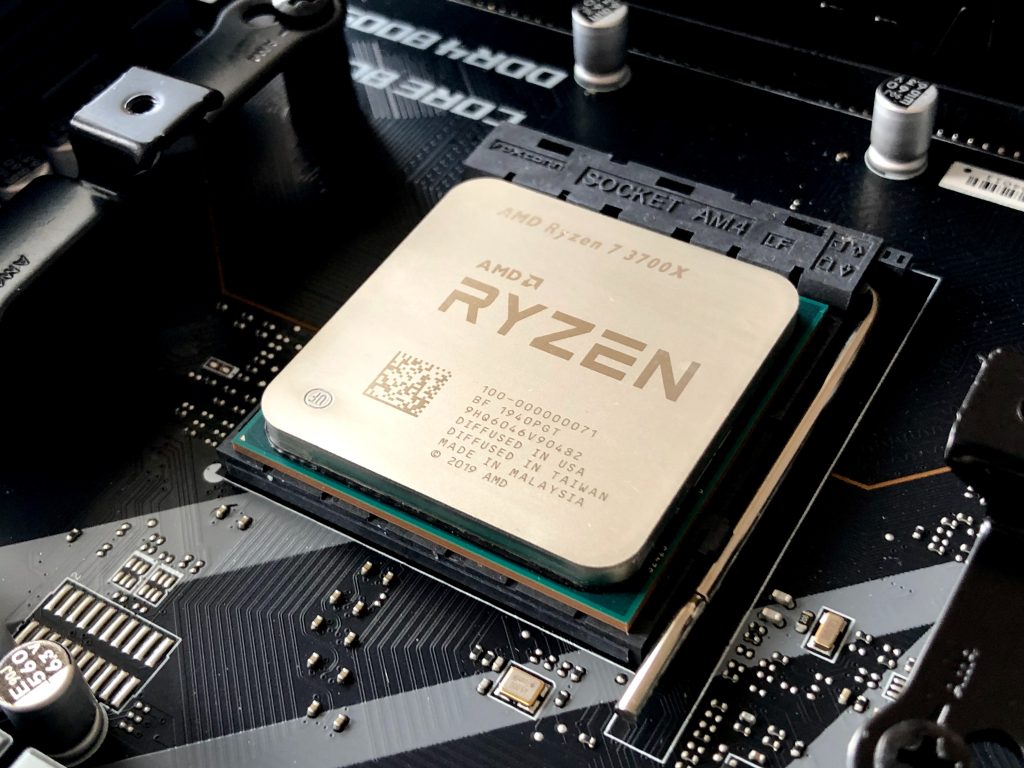
If you are an Intel lover, there are some great options there too as it has been forced to improve its processor. For high-end ones, the Intel Core i5-10600K is of great value has it comes with 6 cores, 12 threads and a boost clock speed up to 4.8GHz. However, it is recommended that you go for the AMD because even though it is a bit pricey, it is simply more powerful.
3. GPU (Graphics cards)
This is where you need to spend a lot of time researching. Even though there are only two players: Nvidia and AMD, there are a lot of options you can choose from. But, rest assured it is going to cost a lot. If you want the best graphics card on the market, Nvidia’s RTX 3090 is the one. But, it will cost you as much as $1,000. There are other options too.
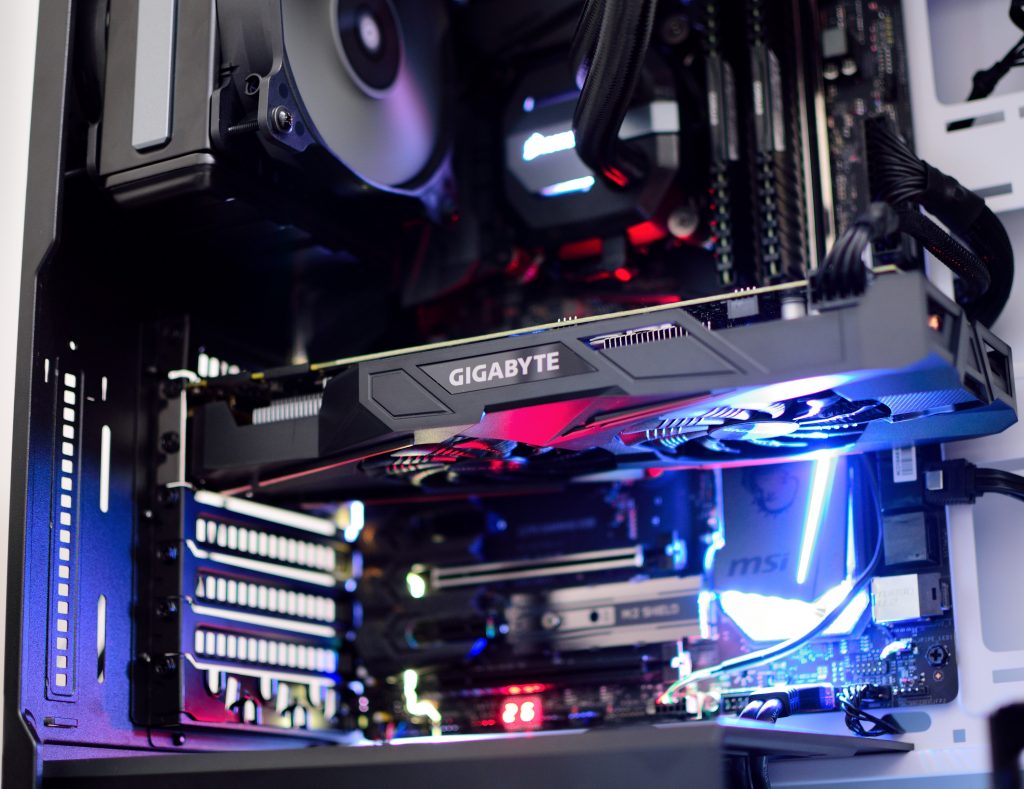
The 1080 TI, even though old, is still a great graphics card and can run games at 100 frames per second. If you do not care about frames, Nvidia’s 1050ti is also a good option. AMD has some good range too. Vega 54 and RX 5500XT are great mid-range options from AMD, which can run games at 60FPS. If budget is not a problem, AMD’s high-end graphics cards like that RX 6800XT and RX 6900XT are some great options.
4. Power supply unit
This is a part of the build for which you should not hold back on. You might think ‘what difference does a cheap power supply unit make?’ Well, it makes all the difference because a cheaper power supply on a high-end PC will have chances of a short circuit, which can potentially take other components with it.
To make it simple, it is recommended that you go for a 700W PSU for a high-end PC and 600W for a mid-tier and budget PC. There is an international efficiency standard for the PSU. There are a total of six and the performance differs based on it. When you are buying the PSU, it is recommended that you get the 80 plus gold which could cost up to Rs 20,000. However, 80 plus is good enough if you are going for a midrange or a low-end PC build. Cooler Master’s PSUs are decent as are PSUs from Crossair and Antec.
5. Memory (RAM)
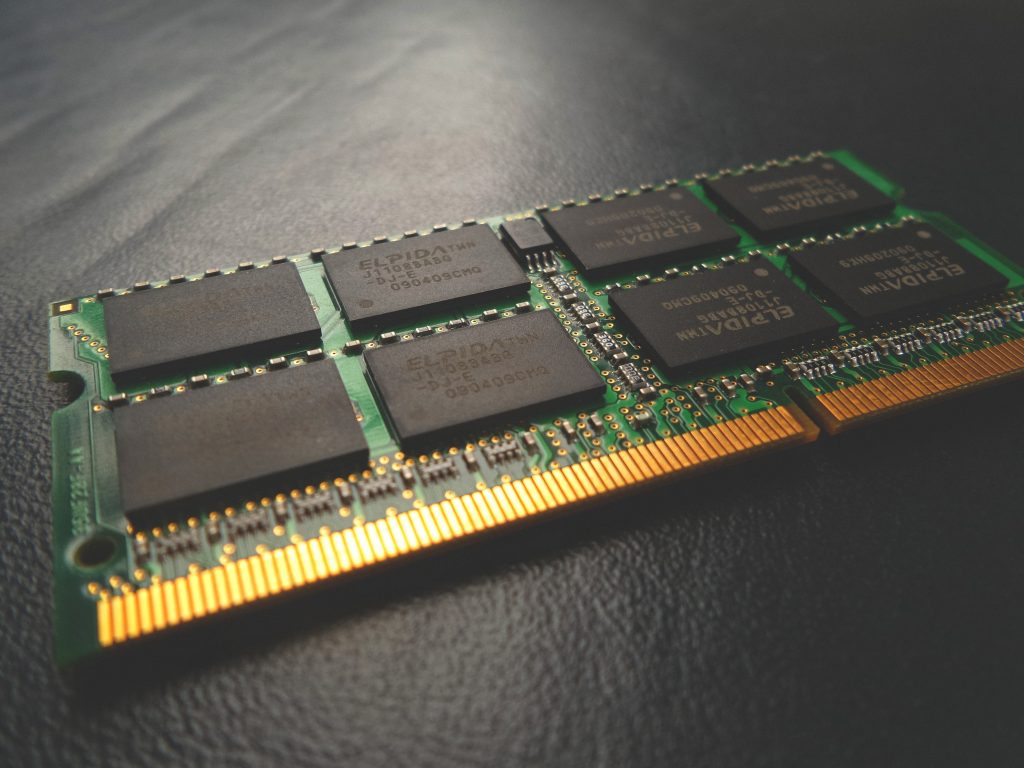
Anything around and over 16 GB is ideal for a PC. If you are into editing, it is better to go for 32 GB as it smoothens the process. If it is just for gaming, a 16 GB RAM is more than enough. However, make sure that the 3000MHz stick.
6. Storage
There are a few options when it comes to storage. There are faster storage options like the NVME drives which can cost a lot. But, as these do not alter the gameplay or the FPS count, you can opt for cheaper options. However, experts do recommend the SSD as it does affect the PC’s responsiveness and general working of the PC which includes installation period and data transfer speed. If you need it for editing, get the NVME drive. You can install your operating system on a small capacity NVME drive for fast boot times and then have an HDD or SSD for your game library.
7. Cooling system

For your processor to perform its maximum potential, you need a good cooling system because, with all the gaming, the PC is going to get very hot. If you are a gamer or a video editor, make sure you get one with liquid cooling. The GPU comes with a fan, but you will need at least four to five additional fans to ensure that your PC does not overheat. Your processor will need a good fan. Getting one with a liquid cooler might cost you around Rs 20,000. EVGA and Corsair have a wide range of coolers you can choose from.
8. Case

This is the last thing you should worry about. Just make sure that you get one which can accommodate the ATX motherboard and you are sorted. Ones with a tempered glass panel on one side are recommended because… why not show off? While assembling, make you do so neatly. You do not want hanging wires making the PC look bad, do you? The cases range from Rs 10,000 to Rs 25,000 and there are a few decent options too.



